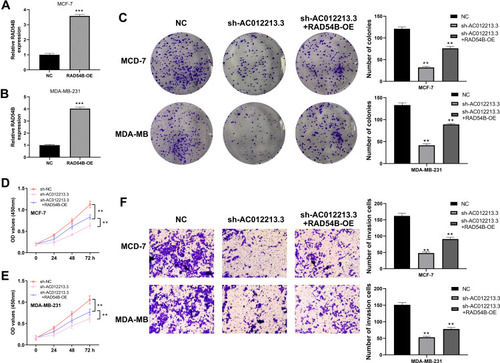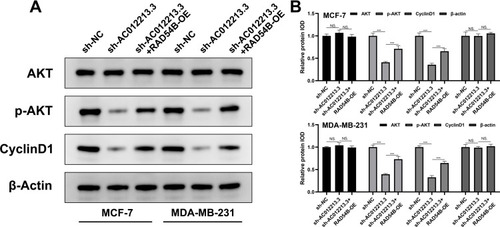Figures & data
Figure 1 Identification of AC012213.3 through bioinformatics analysis and qRT-PCR.
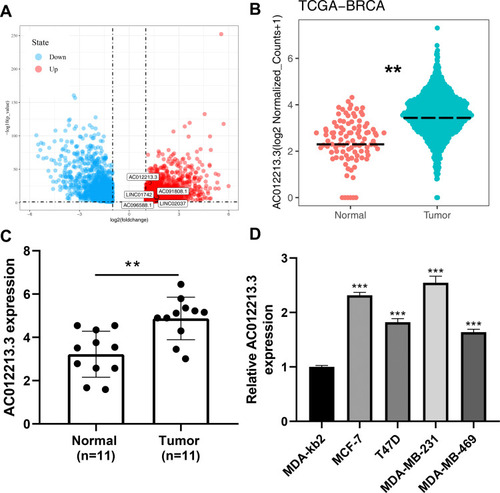
Figure 2 AC012213.3 is correlated with worse clinical features.
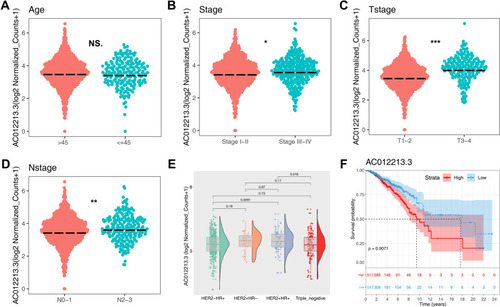
Figure 3 AC012213.3 promotes cell proliferation in breast cancer cells.
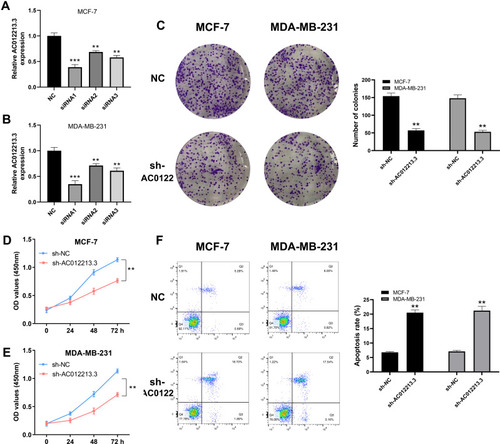
Figure 4 AC012213.3 promotes cell invasion and migration in breast cancer cells.
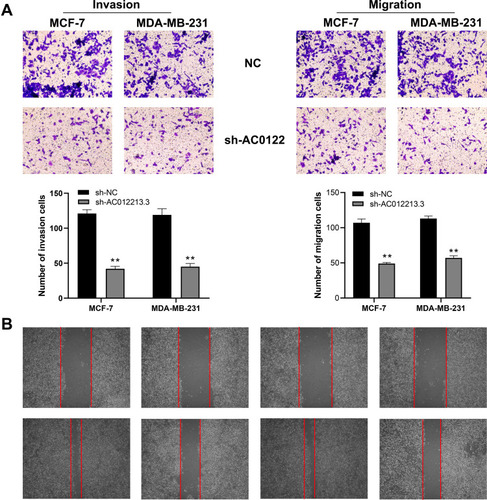
Figure 5 Identification of RAD54B as a target gene of AC012213.3.
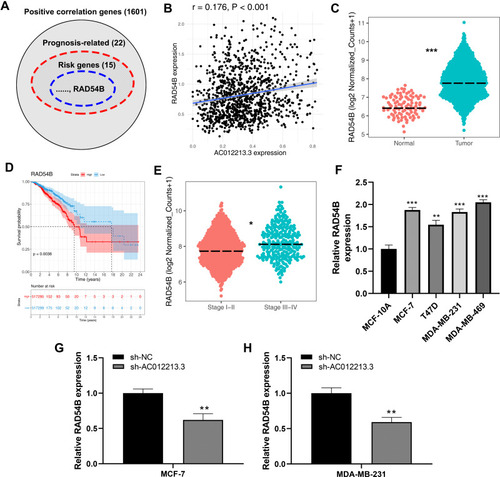
Figure 6 The oncogene effect of AC012213.3 partly depend on RAD54B.
